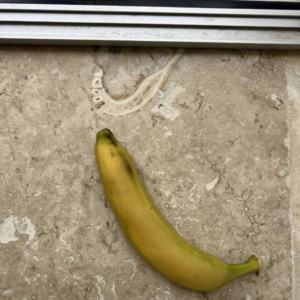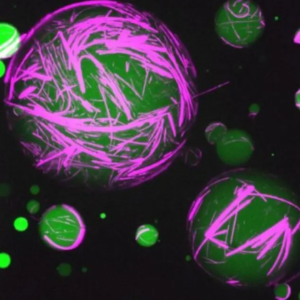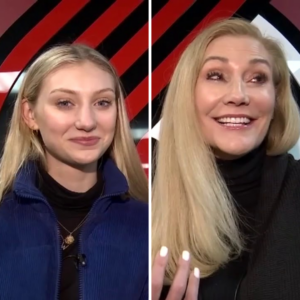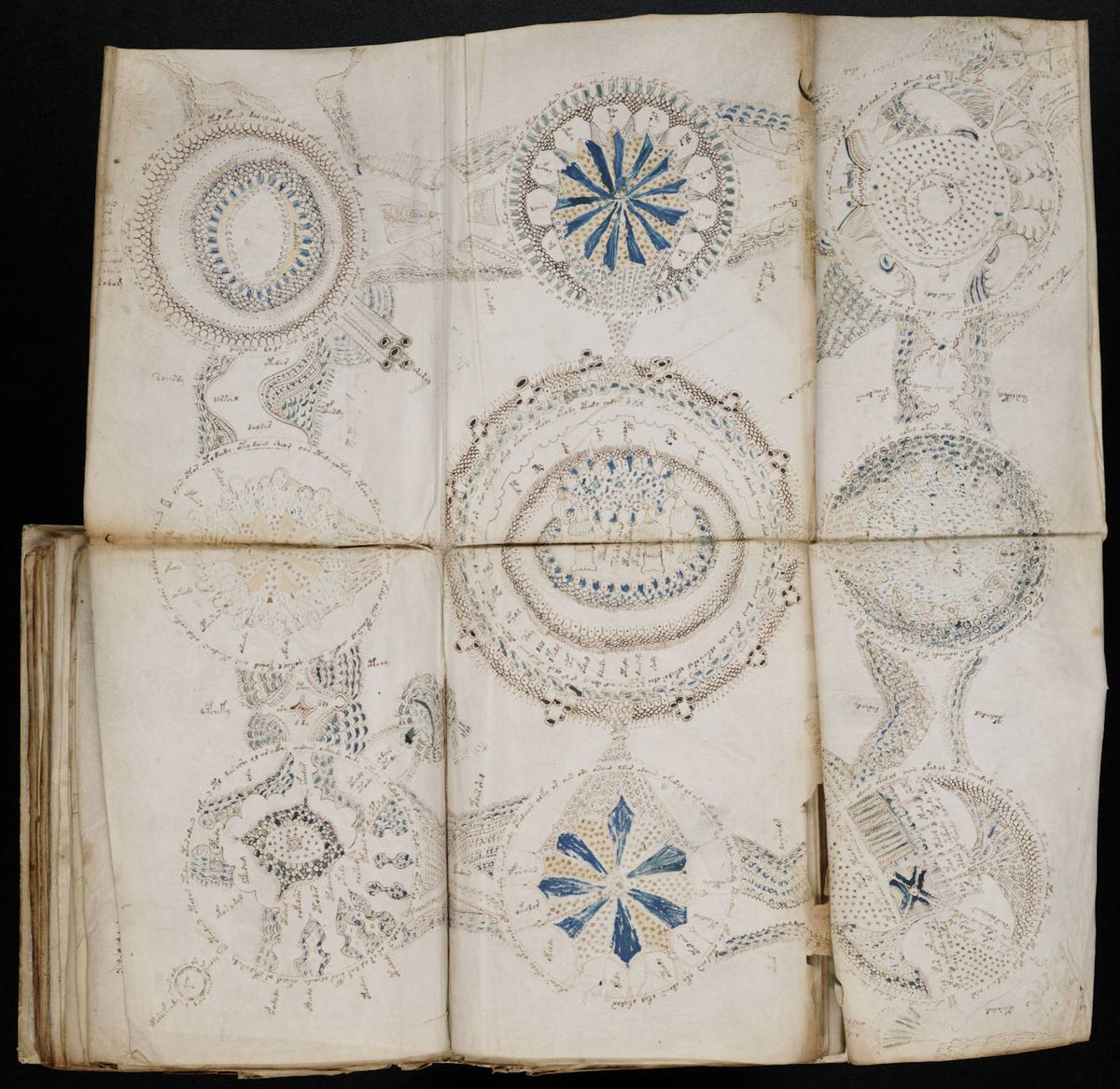
In 1912, Wilfrid Voynich, a rare books dealer, was exploring manuscripts at Villa Mondragone near Rome, invited by Jesuits selling parts of their ancient collection. Among them, he discovered what he called an “ugly duckling”—a peculiar manuscript unlike any other. It contained mysterious symbols and illustrations, captivating Voynich’s interest and leading him to purchase it. This manuscript, now known as the Voynich Manuscript, has since intrigued people worldwide.
Today, the Voynich Manuscript resides in Yale University’s Beinecke Rare Book and Manuscript Library. Despite over a century of scholarly scrutiny, its meaning remains elusive. Scholars debate whether its symbols represent a known language or an invented one and ponder the significance of its intricate illustrations. Consequently, it has earned the reputation of being the world’s most enigmatic manuscript.
The facts
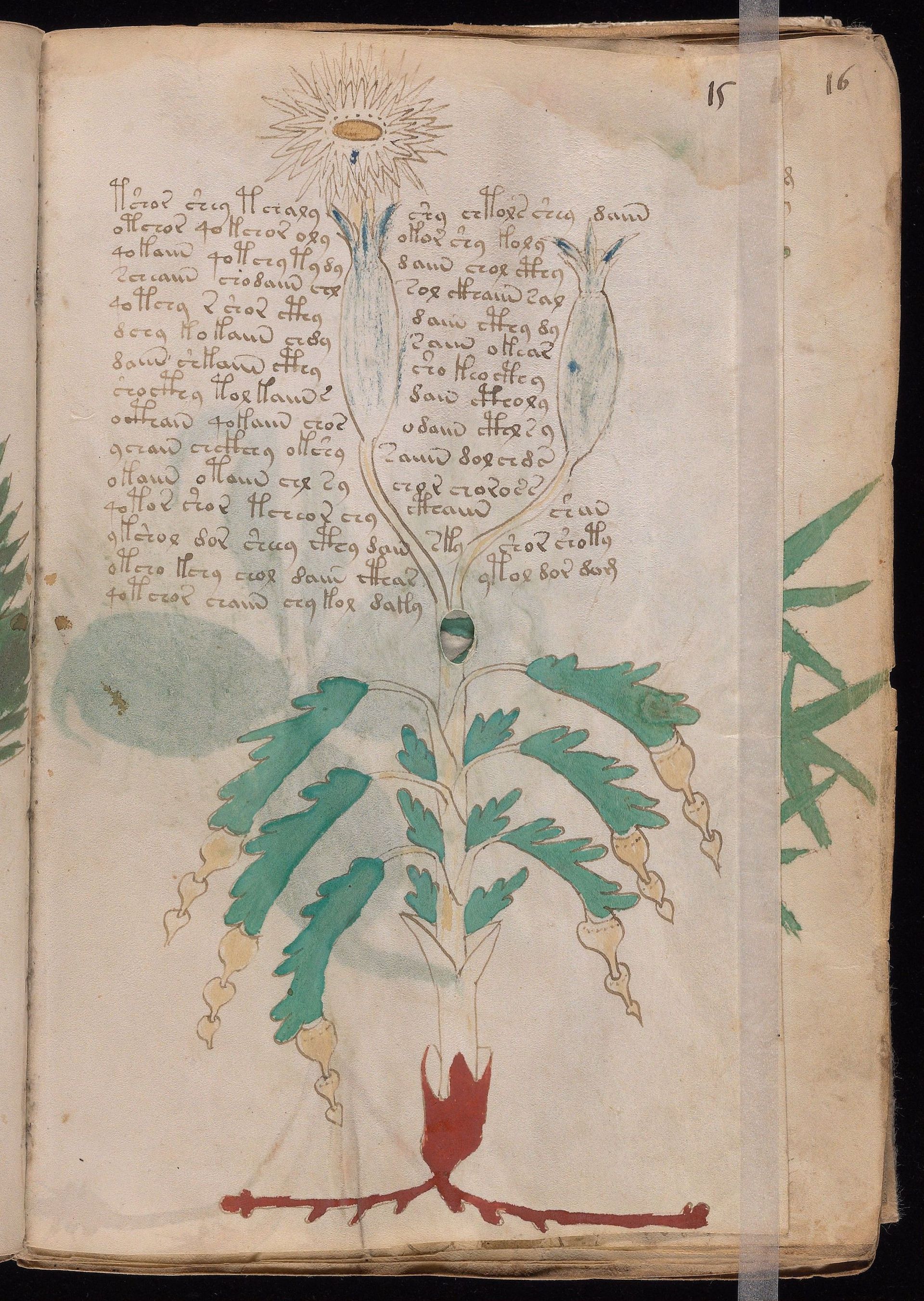
Recent scientific analyses have shed light on its origins and creation. Radiocarbon dating places its vellum between 1404 and 1438, and studies reveal that iron gall ink and mineral pigments, typical of the early 15th century, were used. These findings support the manuscript’s authenticity and refute claims of modern forgery.
Comprising 234 pages, though some are missing, the manuscript features illustrations ranging from plants and Zodiac symbols to bathing women and mythical creatures. Scholars have categorized its content into six areas: botanical, astronomical, biological, cosmological, pharmaceutical, and culinary. Statistical analyses suggest its script is meaningful, and studies of the handwriting reveal contributions from multiple scribes.
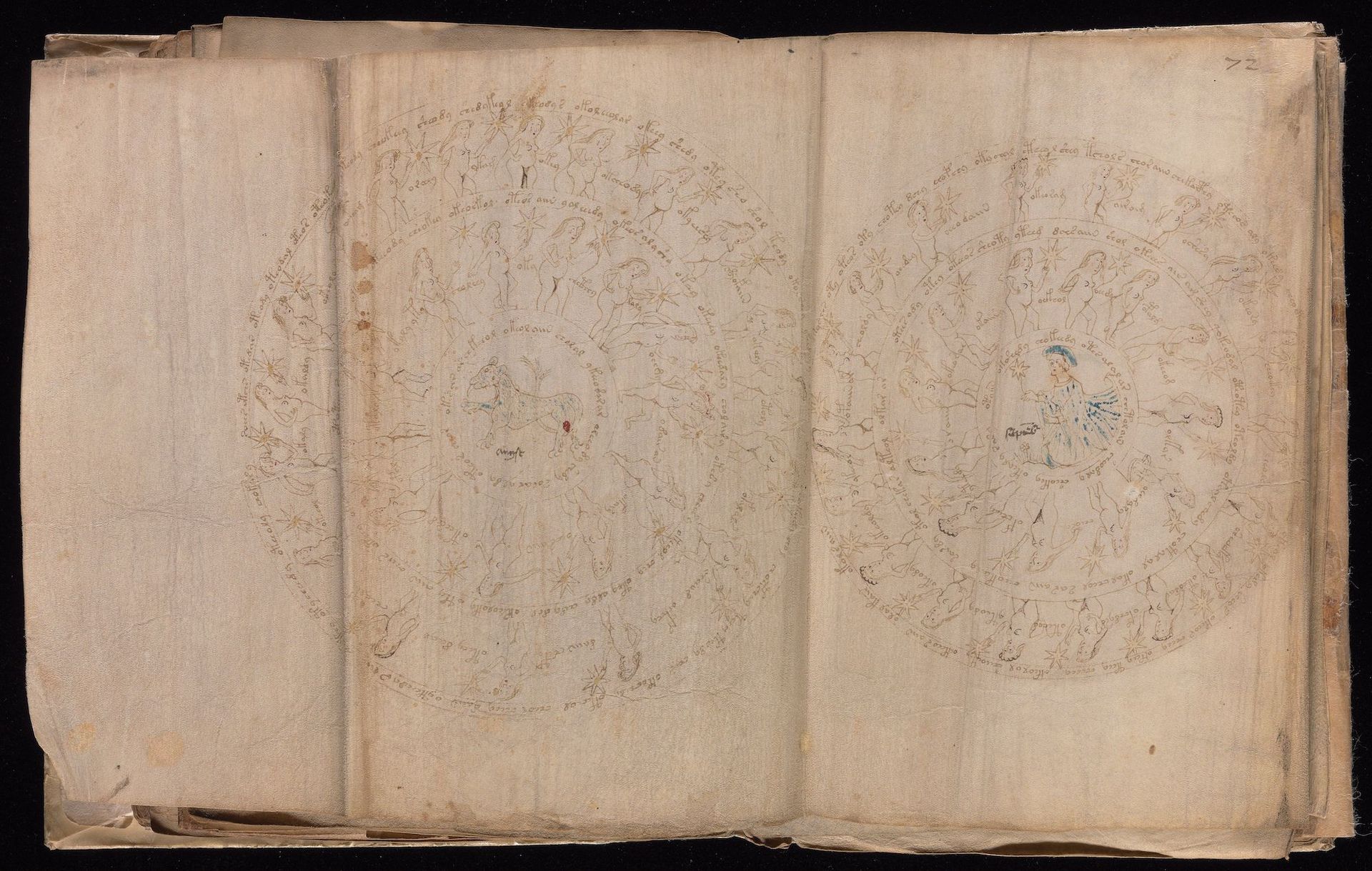
The manuscript’s history traces back to Holy Roman Emperor Rudolf II in Prague, then to court pharmacist Jacobus Horcicky de Tepenecz, and later to royal doctor Johannes Marcus Marci. In 1665 or 1666, Marci sent it to Jesuit scholar Athanasius Kircher in Rome, hoping for decipherment. From there, it eventually came into Voynich’s possession.
Despite extensive research, the manuscript’s place of creation and the language it encodes remain elusive. Various theories, including attributions to Roger Bacon and proposed languages like Latin, Proto-Romance, and Hebrew, have been posited but not confirmed. Similarly, attempts to identify depicted plants and discern the manuscript’s purpose yield inconclusive results.
With so many unanswered questions, scholars speculate that the Voynich Manuscript may be a compendium of medical, magical, or scientific knowledge. However, ongoing scholarly investigations persist, offering hope for uncovering new insights into this enduring mystery.
News
WNBA Fans Buzz Over “Anne Splashaway” Nickname for Caitlin Clark
Upon witnessing Caitlin Clark’s three-point prowess during the Indiana Fever’s training camp, a WNBA fan took to social media to coin a creative nickname for the 2024 WNBA Draft’s top pick. Inspired by Clark’s sharpshooting skills, the fan cleverly dubbed…
“It wasn’t like this”: Angel Reese notes Clear Distinction in quality between NCAA and WNBA
Angel Reese, a standout college star and 2023 NCAA champion, made waves in the 2024 WNBA draft when she was selected by the Chicago Sky as the seventh overall pick. Since joining the team, Reese has been fully committed to…
“No deposit, no return mindset”: Indiana Fever Coach Establishes Standards for Caitlin Clark, Aliyah Boston, and Co Prior to Season Opener
All eyes are fixed on the Indiana Fever ahead of the 2024 WNBA season, following their acquisition of the highly coveted consensus number one overall pick, Caitlin Clark, in the 2024 WNBA draft. Amidst heightened expectations, head coach Christie Sides…
Dentist Finds What May Be A Prehistoric Human Jawbone Embedded In His Parents’ New Floor
The discovery of a human mandible embedded in travertine flooring during a home renovation in Europe has sparked curiosity and raised questions about its origins. The mandible was noticed by the homeowner’s son, a dentist, who recognized its unmistakable shape….
Researchers Have Successfully Created Artificial Cells That Act Just Like Human Cells
The University of North Carolina at Chapel Hill researchers have achieved a significant breakthrough in biotechnology by engineering artificial cells with life-like behavior using DNA-peptide technology. In their experiment, the team manipulated peptides and genetic material to create cell cytoskeletons,…
LA Sparks 1st Rounder Cameron Brink and Mother Groove to GloRilla’s Beats in Latest TikTok, Sporting $8,600 Hermes Bag
Cameron Brink shares a close bond with her mother, Michelle, often showcased on social media. Recently, they posted a TikTok video dancing to the rhythm of rapper GloRilla’s “Yeah Glo!” In the clip, the former Stanford standout was spotted accessorizing…
End of content
No more pages to load



